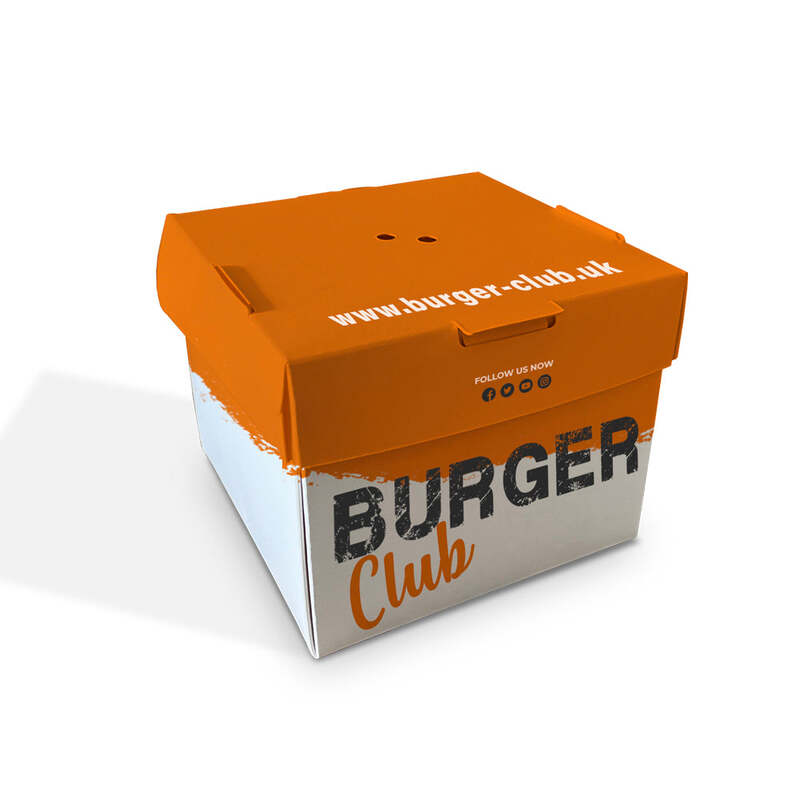The Essential Guide to Packaging Tape Types, Uses, and Best Practices
In today's fast-paced world of e-commerce and logistics, packaging tape plays a vital role in ensuring that goods are securely packed and protected during transit. Whether you're a small business owner looking to ship products or a homeowner wrapping gifts, understanding the various types of packaging tape and their applications can enhance your packing strategy.
Understanding Packaging Tape
Packaging tape is a type of tape specifically designed for use in shipping, mailing, and packaging applications. It serves the primary function of sealing boxes and packages, ensuring that contents remain safe during transportation. The right packaging tape can save you both time and money by minimizing the risk of damage and loss.
Types of Packaging Tape
1. Acrylic Tape This is a popular choice for many businesses. Made from a type of plastic called acrylic, it offers exceptional clarity and strong adhesion. Acrylic tape is resistant to yellowing, aging, and UV rays, making it ideal for long-term storage. It also performs well in a wide range of temperatures and is suitable for use in both indoor and outdoor applications.
2. Hot Melt Tape Known for its aggressive adhesive, hot melt tape is perfect for heavier packages. It is composed of a thermoplastic adhesive that bonds quickly to most surfaces, including cardboard and plastic. While it can become brittle in extreme cold, its strong initial tack makes it an excellent choice for fast-paced packing environments.
3. Water Activated Tape (WAT) Also known as gummed tape, this type of tape is activated using water. It is made of paper and is ideal for businesses looking to create tamper-evident seals. WAT adheres well to cardboard and provides a strong bond that becomes even stronger over time. It's environmentally friendly, being recyclable and made from renewable resources.
4. Foam Tape This type of packaging tape has a foam layer that provides cushioning for fragile items. It is often used for sealing and protecting delicate products, ensuring they remain secure during shipping. Foam tape is excellent for applications where impact resistance is crucial.
5. Duct Tape While not a traditional packaging tape, duct tape can be useful for securing packages, especially in emergency situations. Its strong adhesive and versatility make it a staple in many households and workplaces, although it may not always provide the best long-term solution for shipping.
packaging tape

Choosing the Right Tape for Your Needs
When selecting packaging tape, consider the following factors
- Weight of the Package For heavier items, opt for hot melt or foam tape, as they provide the strength needed to secure heavier loads. - Storage Duration If packages will be stored for a long time, acrylic or water-activated tape is ideal due to their durability and resistance to environmental factors. - Environmental Concerns If sustainability is important to your business, consider using gummed tape or acrylic tape, as they are often made from more environmentally friendly materials.
Best Practices for Using Packaging Tape
1. Seal All Edges Ensure that all edges and seams of the package are secured with tape to prevent any shifting or opening during transport.
2. Layer the Tape For heavy or fragile items, consider using multiple layers of tape or crisscrossing the tape over open seams to provide additional support.
3. Use a Dispenser A tape dispenser can significantly speed up the packing process and help ensure straight, even application.
4. Check the Quality Always use high-quality tape, as lower-quality options may fail to stick properly, risking damage to your items.
Conclusion
Packaging tape is an indispensable tool in the realm of shipping and packaging. By understanding the different types available and their applications, you can choose the right tape to suit your needs, ensuring that your packages arrive safely and securely. Proper use of packaging tape not only enhances the efficiency of your packing process but also contributes to customer satisfaction and retention in the competitive market of e-commerce.



